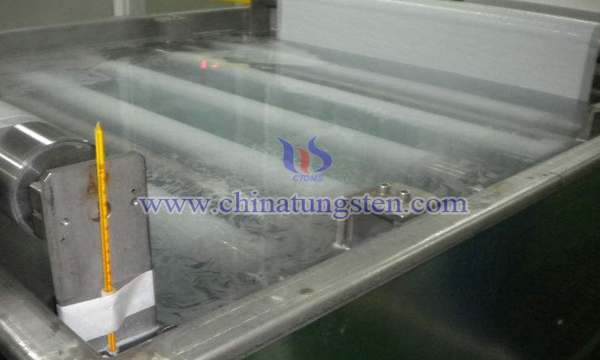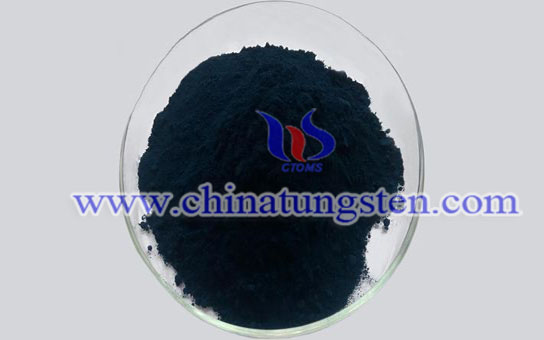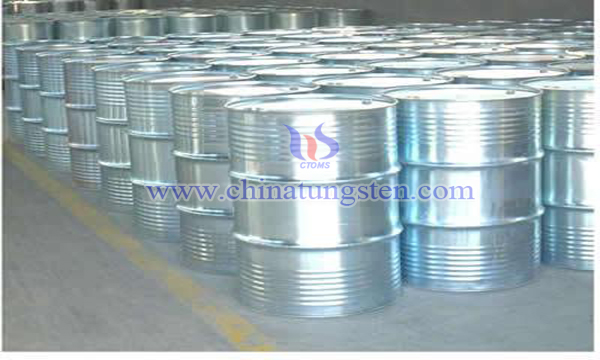Tungsten Alloy Counterweights in Aerospace Industry
- Details
- Category: Tungsten Information
- Published on Monday, 15 July 2019 18:30
- Written by liyang
- Hits: 1816

Probably the most well-known outlet for tungsten alloys is the aerospace industry, where weights and counterweights are often required to be housed in restricted areas. With significant reductions in size possible, this in turn, leads to greater control of weight distribution.
Read more: Tungsten Alloy Counterweights in Aerospace Industry
Why is Tungsten Alloy Counterweights Used in Sailboat?
- Details
- Category: Tungsten Information
- Published on Monday, 15 July 2019 18:19
- Written by liyang
- Hits: 1327

In some situation, we need some special things to add weight in sailboat. But the space for the special things usually very small. For example, the sailboats, if the sailboats weight is not enough, it can turn turtle easily, especially when moving in a wind weather. So, we need add some tungsten alloy counterweights into the sailboats to against the yawing when sailing forward.
Read more: Why is Tungsten Alloy Counterweights Used in Sailboat?
Osmotic Reaction Method to Applied Tungsten Carbide Coating
- Details
- Category: Tungsten Information
- Published on Monday, 15 July 2019 01:56
- Written by yuntao
- Hits: 3348

Tungsten carbide alloy has special corrosion resistance, high hardness and compressive strength. It is called modern industrial teeth and plays an extremely important role in machinery, metallurgy, precision instruments and military industries.
Read more: Osmotic Reaction Method to Applied Tungsten Carbide Coating
Cesium Tungsten Bronze Can Be Used As Infrared Transparent Barrier
- Details
- Category: Tungsten Information
- Published on Monday, 15 July 2019 14:35
- Written by zhuolin
- Hits: 1225

Cesium tungsten bronze (Cs0.33 WO3) nano powder is a new functional materials, which has strong absorption and high transmittance ability in near infrared region (800-1200nm wavelength) and the visible region (380-780nm wavelength). It can be used as infrared transparent barrier.
Read more: Cesium Tungsten Bronze Can Be Used As Infrared Transparent Barrier
Synthesis Method of Levulinate by The Catalyzation of Phosphotungstic Acid
- Details
- Category: Tungsten Information
- Published on Monday, 15 July 2019 01:44
- Written by yuntao
- Hits: 1224

Biomass is a renewable resource with abundant reserves, wide distribution, low price and carbon fixation function. It has the potential to replace fossil resources to produce hydrocarbon fuels and chemical products. In recent years, studies have found that biomass such as lignocellulose is mainly composed of cellulose, hemicellulose and lignin. After pretreatment, carbohydrate raw materials such as cellulose and glucose can be obtained, which can be used to produce high value-added chemicals and organisms’ oil.
Read more: Synthesis Method of Levulinate by The Catalyzation of Phosphotungstic Acid





 sales@chinatungsten.com
sales@chinatungsten.com